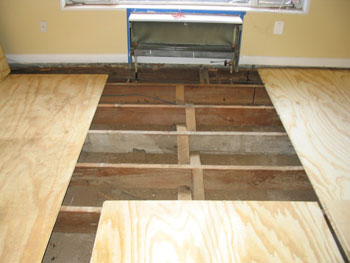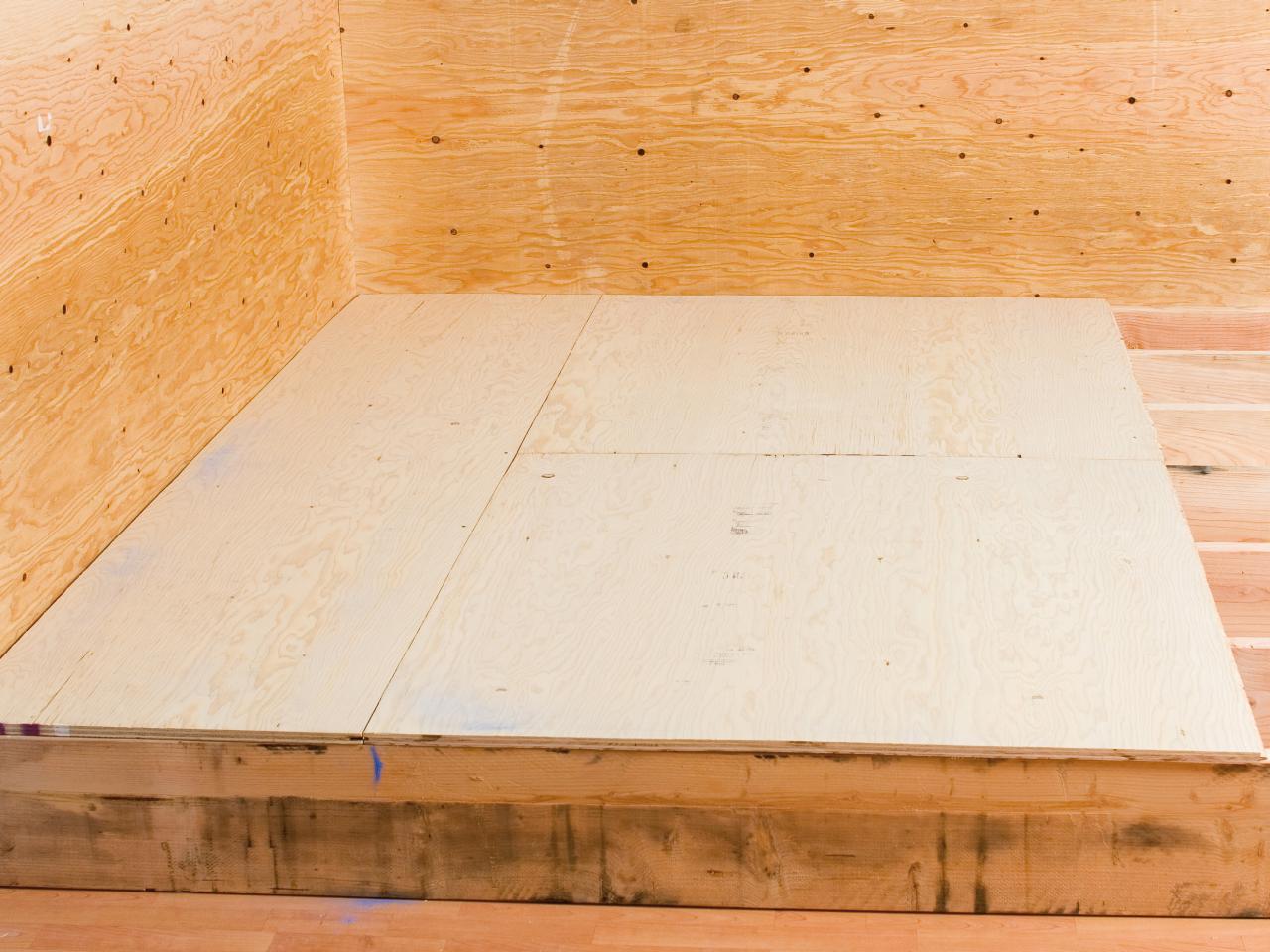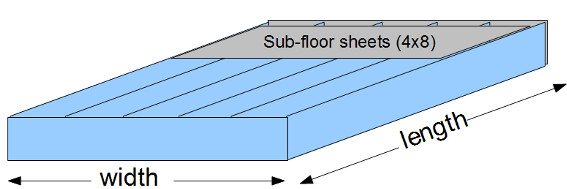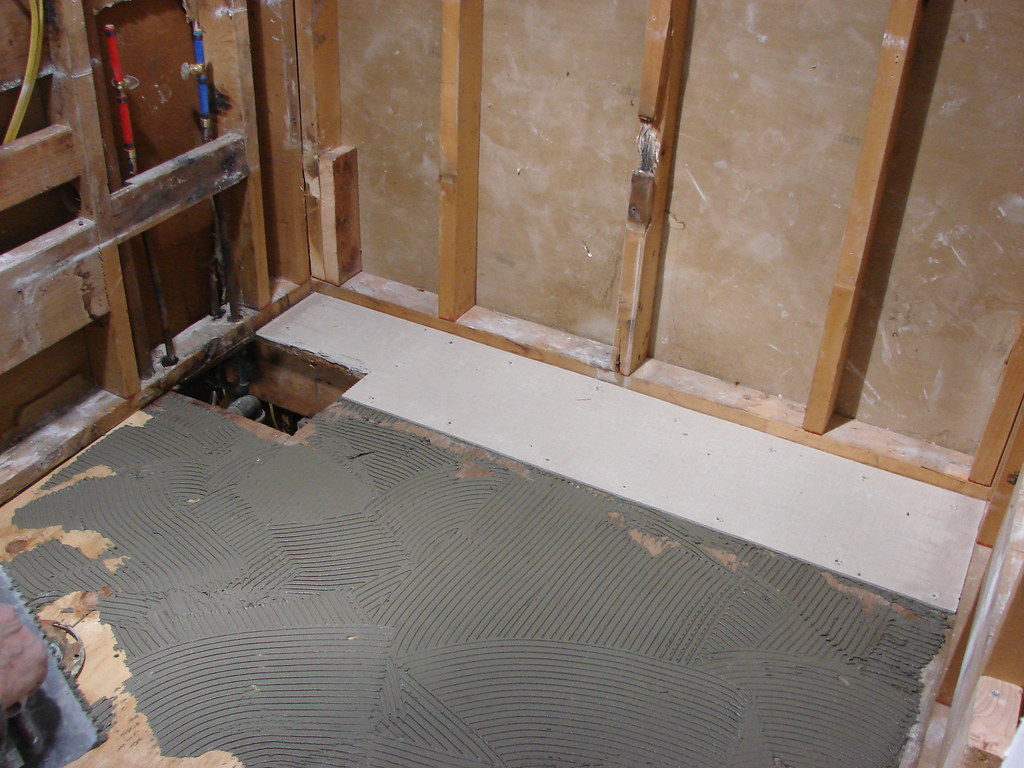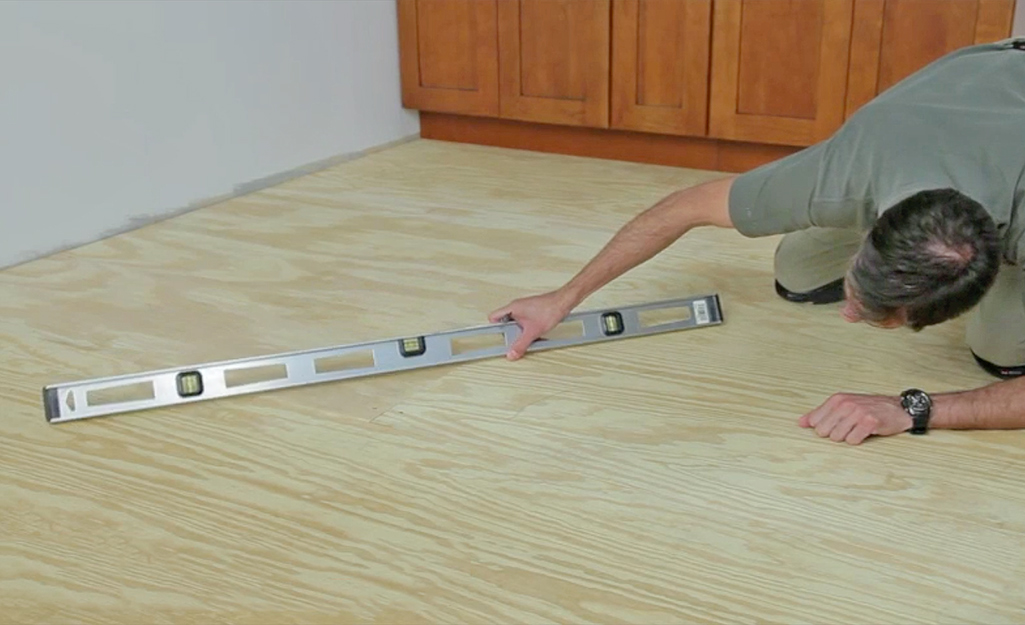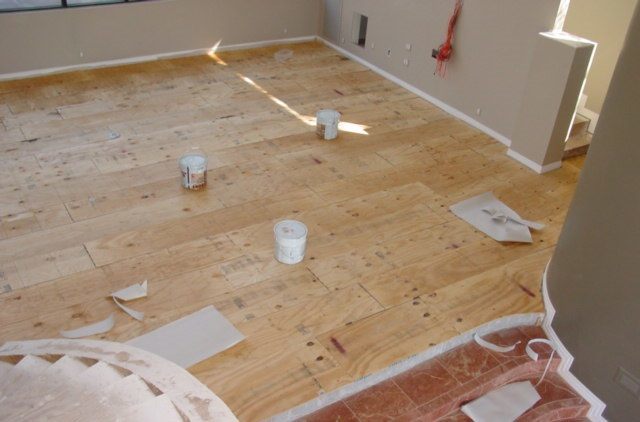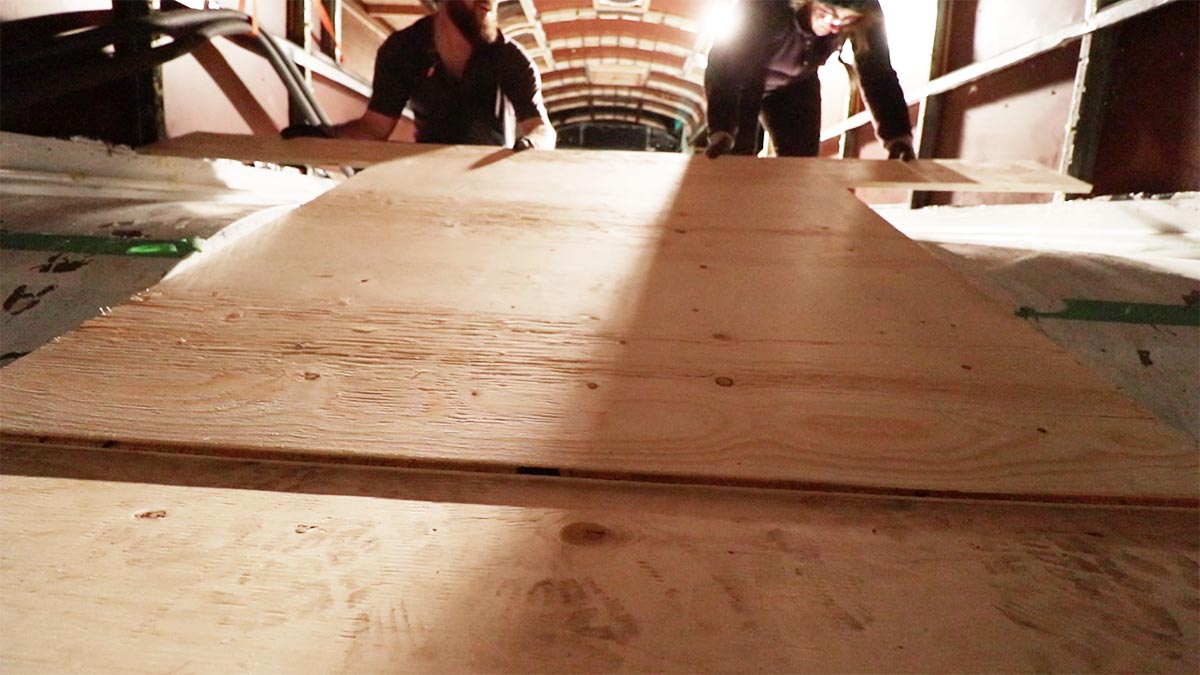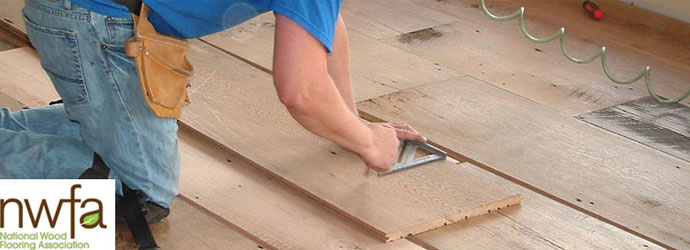Fasten the sheet with cement board screws using a drill driver making sure the screws are flush with the surface of the sheet or are slightly recessed.
Screws per sheet of sub floor.
Position the screws at least 1 2 inch but no more than 2 inches from the edge of the sheet.
The screw count is a bit high at times but this will allow for losing some.
The rough or embossed surface of the sheet should face up as applicable.
I ve done a few 4x8 planks with screws at that frequency.
Allow a 1 4 inch gap between the edges of he sheets and all surrounding walls.
Be sure the joists are dry and free of dirt before applying.
According to table r602 3 1 of international residential code irc subfloor fastener schedule is as follows.
4 feet equals 48 inches which you then divide by 8 to determine that you ll need six nails where the board comes in contact with a truss.
Man that s a lot of screws.
Use a solvent based glue that meets astm d3498 performance standards.
I ve read for nailing the underlayment to do one nail every foot in the interior of the plywood and around the perimeter at 2.
The floor looks like the skin of an airplane with so many screws around the perimeter.
Use 6d common nails spaced 6 apart on edges and 12 apart in the field.
Apply glue per manufacturer s specifications.
Nail spacing for sheets of osb and plywood is 8 inches per nail.
Place the first sheet over the mortar bed.
Am i on the right track.
In cases where latex subfloor glue is required careful selection is necessary due to the wide range of performance between brands.
This means that you ll need to use six nails per each truss that runs under the sheathing because each sheet measures 4 feet wide by 8 feet long.
This simple sub floor materials calculator will provide you with the lineal feet of floor joist needed the number of sheaths to cover the floor and how much glue and how many screws it takes to attach the sheathing to the joist.
Drill screws through the backerboard sheets every 6 to 8 inches.

